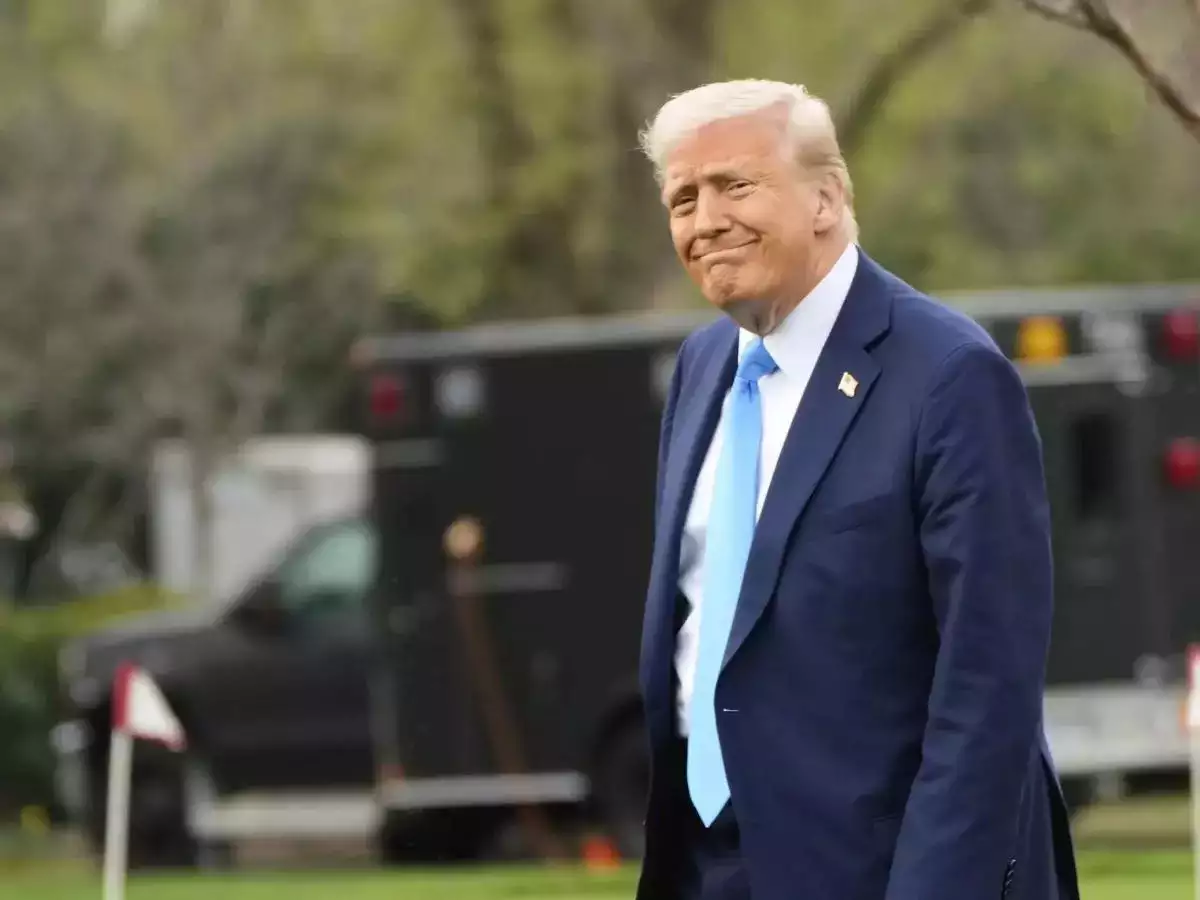As the trade wars initiated by US President Donald Trump continue to escalate, all eyes are on what happens on Wednesday. Trump has repeatedly labelled April 2 as “Liberation Day,” a day that will free the US from its reliance on foreign goods after his administration imposes “reciprocal tariffs” to match the duties that other countries charge on American products.
However, there is palpable uncertainty over how these levies will actually be rolled out.
The run-up to April 2
Just a day ahead, there are three key reports from the United States Trade Representative (USTR), Department of Commerce and the Treasury Department, which will lay out a lot of advance warnings on what’s to come on April 2. Given that the US has trade agreements with some 20 different countries, the initial onslaught is likely to be focused on these trading partners. Primarily because the US has some 200 trading partners and 12,500-odd tariff categories, so reciprocal tariffs in the true sense could spawn millions of new tariffs, which would be an administrative nightmare for Washington, DC. There is the other option of a blanket tariff rate on “everything, everywhere, all at once”. That too has its problems. What needs to be looked out for is whether Trump’s recourse to tariff hikes, by using the President’s emergency powers, is only resorted to as a stopgap measure even as they could potentially come off after the tariffs are followed by investigations.
Difficulties in walking-the-talk
It would be simplistic to assume that the tariff regime will be settled on April 2. Analysts such as Mike Wilson, the chief US equity strategist and chief investment officer for Morgan Stanley, are of the view that the “reciprocal tariff announcement is likely a stepping stone for further negotiations, as opposed to a clearing event”. That could well be the case.






